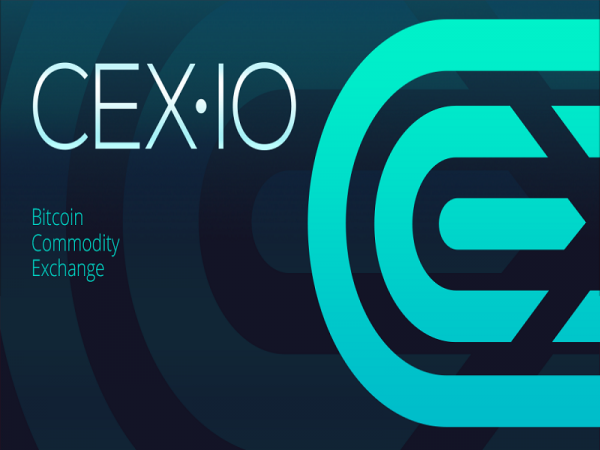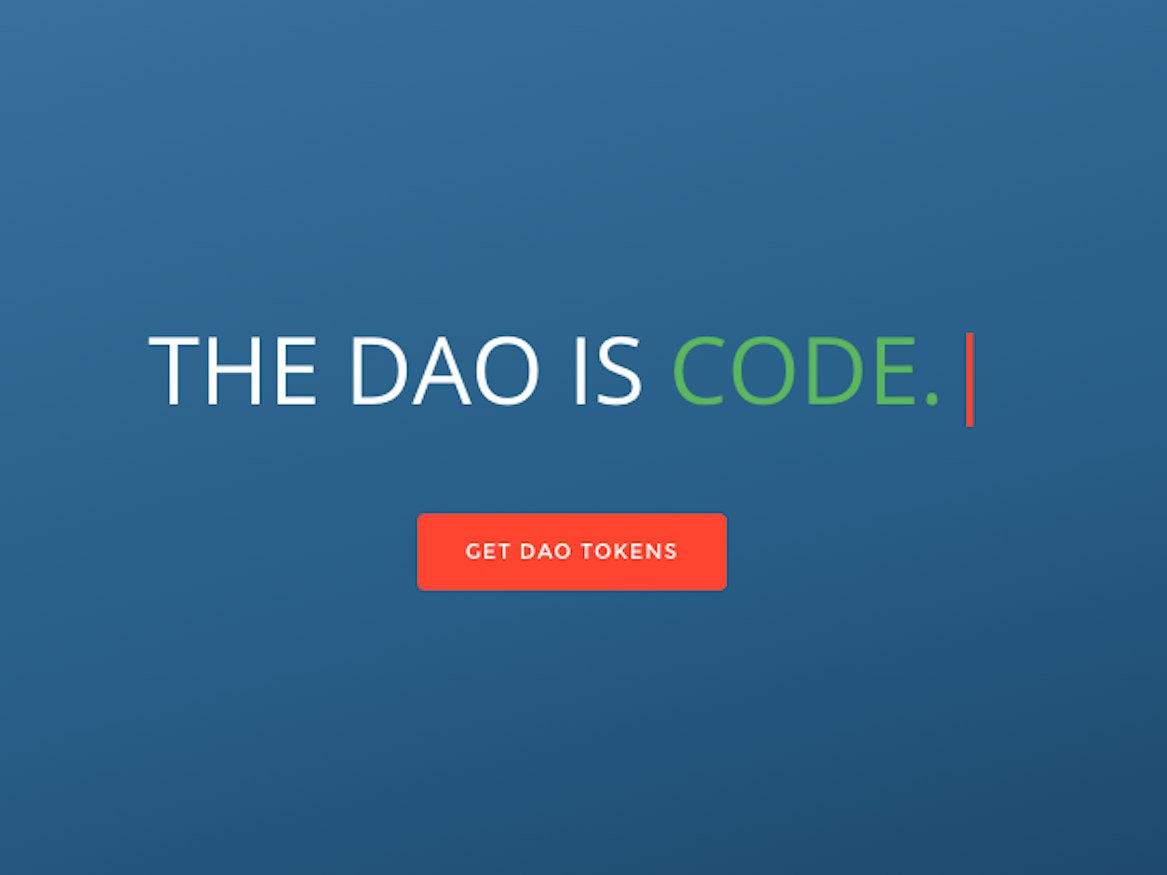The latest system upgrade called Spurious Dragon has been implemented on the evening of 22 November as the block number 2675000 was mined.
This implementation was preceded by a hard fork in the testnet “Morden” on the morning of 20 November after the extraction of block 1885000.
“Performing the fork in the test network prior to performing it in the main network was an important measure taken in the testing process to ensure a smooth rollover into the post-fork state,” the official Ethereum blog reads.
The new hard fork aims to counteract the ongoing series of DoS attacks. Despite the previous Geth and Parity client updates, the level of DoS overload in the network has remained high. The latest versions of the Geth and Parity clients contain solutions to address the problem by increasing the cost of performing tasks on the Ethereum Virtual Machine (EVM). It will hopefully clear the Ethereum blockchain of spam contracts and erase empty accounts that attackers used to bloat the network.
With EIP161, the empty accounts will be removed from the blockchain state whenever “touched” by another transaction, the announcement explains.
Cryptocurrency exchanges ShapeShift and Kraken temporally halted all operations with ether tokens during the implementation of the hard fork. Despite so far successful hard fork execution, according to Bitfinex, over the last 24 hours the exchange rate has decreased by 2% to $9.8 for 1 ETH.
The principle risk of any hard fork is possible emergence of two incompatible blockchains as a result. It happened to Ethereum this summer after the system was forked in response to the attack on TheDAO. Then, some Ethereum users refused to upgrade, which resulted in two Ethereum blockchains with two different tokens - Ethereum Classic (ETC) and upgraded ETH.
Elena Platonova
















